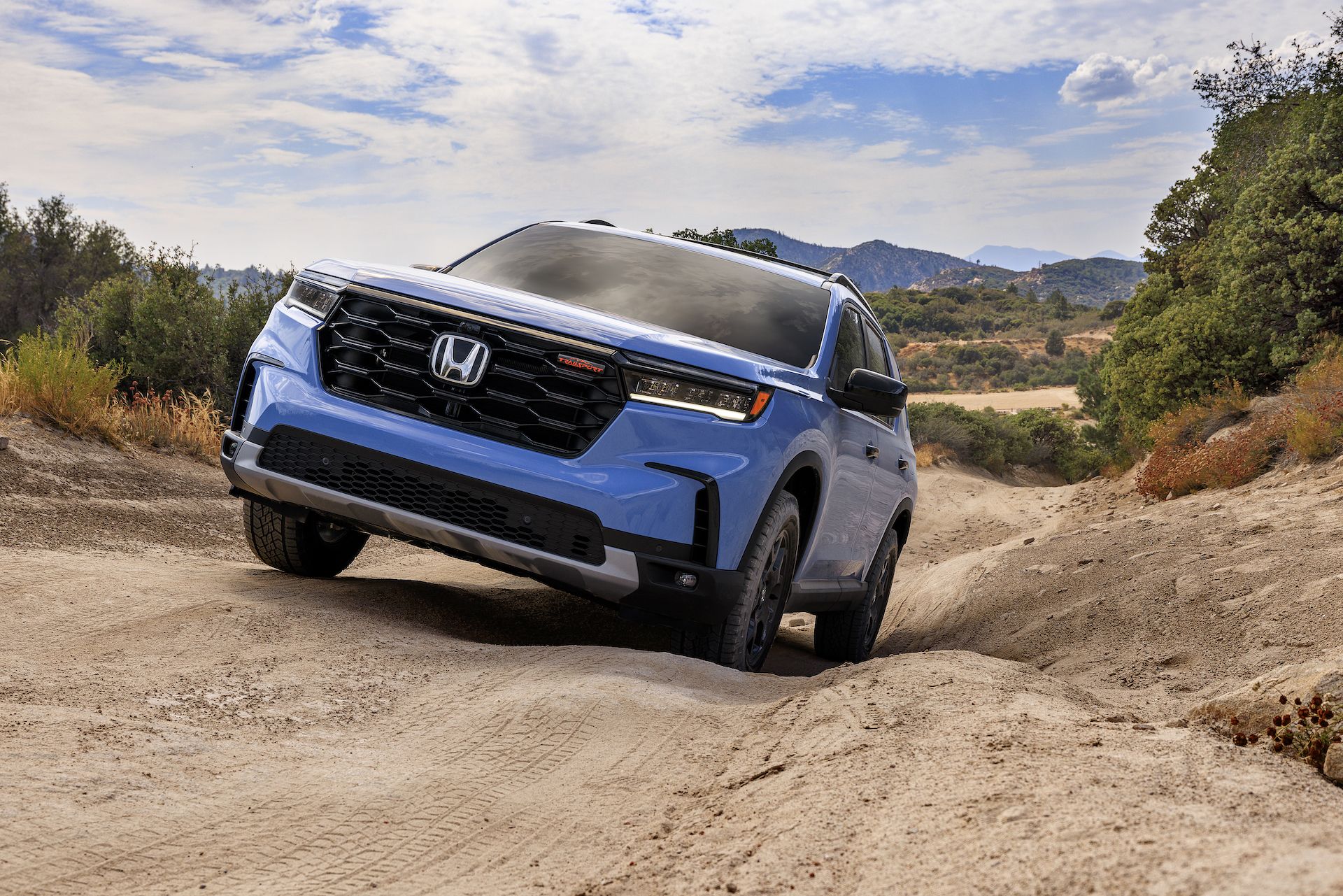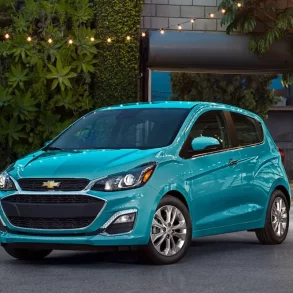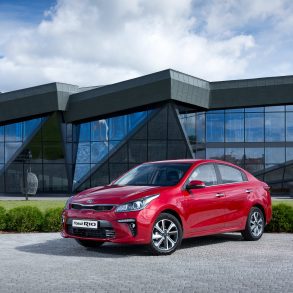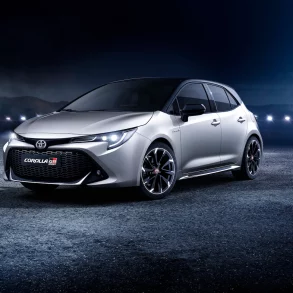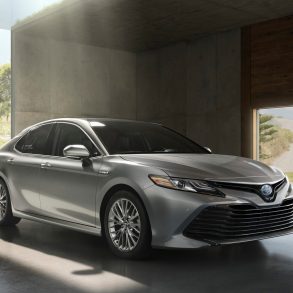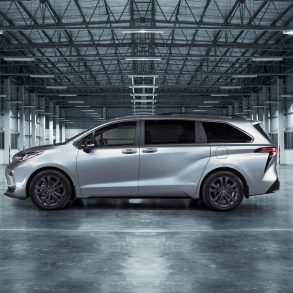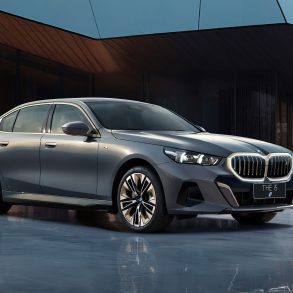Honda Pilot
Here you will find sales figures for the Honda Pilot. The Honda Pilot is a mid-size crossover SUV produced by Honda. Introduced in 2002, the Pilot offers a combination of practicality, reliability, and features that appeal to families and those seeking a versatile vehicle
Honda Pilot Overview
The Honda Pilot is a mid-size crossover SUV that has been in production since 2003. It is the largest SUV that Honda offers, and it is known for its spacious interior, comfortable ride, and family-friendly features. The Pilot is available in front-wheel drive and all-wheel drive configurations. It is powered by a 3.5L V6 engine that produces 280 horsepower and 262 lb-ft of torque. It is mated to a nine-speed automatic transmission. The Pilot has a maximum fuel economy of 19 mpg in the city and 26 mpg on the highway. It is known for its comfortable ride, spacious interior, and family-friendly features. It is a popular choice for families with young children, as it has plenty of space for car seats and cargo. Overall, the Honda Pilot is a good choice for people who are looking for a spacious, comfortable, and family-friendly SUV. It is not as fuel-efficient as some other SUVs, and can be expensive, but it is still a good value for the price.
Honda Pilot Sales Figures
The Pilot has been popular among consumers, praised for its comfort, reliability, and value. It often ranks well in comparisons within its segment. Over the years, the Pilot has received various awards and accolades, reflecting its reputation as a strong choice in the mid-size SUV category. The Honda Pilot has been a prominent and successful vehicle within the competitive mid-size SUV market. It appeals to a wide range of buyers with its combination of space, comfort, reliability, and technological features.
Honda Pilot U.S Sales Data & Charts
US Monthly Sales
US Annual Sales
| Year | Sales Units |
|---|---|
| 2005 | 143,355 |
| 2006 | 152,154 |
| 2007 | 117,146 |
| 2008 | 100,625 |
| 2009 | 83,901 |
| 2010 | 102,323 |
| 2011 | 116,297 |
| 2012 | 123,727 |
| 2013 | 126,678 |
| 2014 | 108,857 |
| 2015 | 136,212 |
| 2016 | 120,772 |
| 2017 | 127,279 |
| 2018 | 159,615 |
| 2019 | 135,008 |
| 2020 | 123,813 |
| 2021 | 143,062 |
| 2022 | 99,567 |
| 2023 | 110,298 |
| 2024 | 30,051 |
US Annual Growth
Honda Pilot Canada Sales Data & Charts
Canada Annual Sales
| Year | Sales Units |
|---|---|
| 2011 | 478 |
| 2012 | 5,807 |
| 2013 | 6,356 |
| 2014 | 6,113 |
| 2015 | 7,433 |
| 2016 | 7,279 |
| 2017 | 8,905 |
| 2018 | 8,072 |
| 2019 | 8,241 |
| 2020 | 9,340 |
| 2021 | 7,398 |
| 2022 | 3,005 |
Canada Annual Growth
Honda Pilot Generations
First Generation (2003-2008)
The first generation Pilot was introduced in 2003 as a replacement for the Honda Passport. It was available in front-wheel drive and all-wheel drive configurations. The first-generation Pilot has three different engines throughout its lifespan. The model was originally introduced with a 3.5-liter V6 engine with 240 horsepower for the 2003 and 2004 model years. In 2005, the engine was upgraded with minor improvements which boosted the horsepower to 255. From 2003-2005, all vehicles included a variable torque management four-wheel-drive system. This system allowed the driver to lock the rear differential and send most of the power to the FWD to deal with slippage in low-speed situations and in certain gears by pushing a button in the dashboard.
In 2006, buyers had the option of choosing a four-wheel-drive or a front-wheel-drive version, both with a 244-horsepower engine, and the variable torque management system was retired. This new engine also came with the Honda variable cylinder management system. This system allows the six-cylinder engine to operate in a four or three-cylinder mode for added fuel efficiency. Every vehicle in this generation has a five-speed automatic transmission.
The Pilot was originally designed with three rows of seats and claimed it could fit up to eight people. However, the third-row seats may be too small to accommodate larger passengers, especially on long trips. The middle and rear rows can be folded down flat for extra cargo space. The suspension is composed of struts and coils in the front and a multi-link suspension with a wide track making for easy loading and transporting of cargo as well as for passenger comfort. A DVD system with separate audio channels is available with some trim levels, but, due to limited space, you can’t have both the DVD system and a navigation system at the same time.
Second Generation (2009-2015)
The second generation Pilot was introduced in 2009. It featured a more modern design and a more powerful engine. The second-generation 2009 Honda Pilot has a 3.5-liter V6 VTEC engine with 250 horsepower with a five-speed automatic transmission in all models. The gearshift for these models was moved from the steering column to the center console for easier shifting and convenience. The engine retains the Honda variable cylinder management system of the previous generation. EPA fuel mileage estimates for this generation is 23mpg on the highway while the AWD version gets 22mpg. All Pilot models include anti-lock brakes and traction control for safety and handling.
This second-generation Pilot also picked up a driver’s seat position memory function that can be programmed for two different people. A powered rear tailgate makes loading and unloading the cargo area easier. There are four basic models to this generation, LX, EX, EX-L, and Touring.
Some trim types include premium features such as a satellite navigation system, power moonroof, and tri-zone climate control for both comfort and safety.
In 2013, a new rearview camera system was introduced in all models. Bluetooth hands-free calling also became available that year. Additional safety features include vehicle stability assist, traction control, and side-impact airbags.
For the 2015 model year, the Special Edition trim level was added with a rear-seat entertainment system, a moonroof, and satellite radio capability.
Third Generation (2016-2022)
The third generation Pilot was introduced in 2016. It features an even more modern design and a more fuel-efficient engine. It is powered by a 3.5L V6 engine that produces 280 horsepower and 262 lb-ft of torque. It is mated to a nine-speed automatic transmission. The third-generation Pilot has an overall sleeker design compared to the more square shape of the earlier generation. The exterior includes LED headlights and daytime running lights as well as 20-inch tires on some models. This generation is larger overall than before, yet it weighs 300 pounds less.
The direct-injected, 3.5-liter V6 engine has 280 horsepower, an increase of 30 over the previous generation. Its gas mileage is about two miles per gallon better for city, highway, and combined ratings than previous models. Two transmissions are available in the drivetrain: a six-speed automatic on the more basic trims and a nine-speed automatic on the higher-end trims. Buyers can choose from all-wheel-drive or front-wheel-drive.
For the 2016 Honda Pilot, new Elite trim was introduced at the top of the Pilot lineup. It features a variety of premium features including rain-sensing wipers, LED projector headlights, and a panoramic sunroof among others. Below the Elite are the Touring, EX-L, EX, and LX trim lines. Several safety upgrades, including a passenger-side mirror camera, blind-spot and rear-cross traffic monitoring, and an optional lane departure warning system are included in several types of trims. A multi-angle backup camera is standard on all models for even more visibility. Adaptive cruise control and a forward-collision warning system help you maintain a safe distance from other vehicles.
Forth Generation (2023 – Present)
The fourth-generation Honda Pilot debuted in late 2022 for the 2023 model year. The new Pilot was a big upgrade for Honda’s midsize SUV. Styling was updated to fall in line with the rest of the lineup including the smaller Honda CR-V and the Honda Ridgeline pickup truck.
Power for the fourth-gen Pilot was provided by a 3.5-liter V6 engine making 285 horsepower. A 10-speed automatic transmission was also standard and powered the front wheels, or optionally the Pilot could be had with all-wheel drive. An offroad-oriented Pilot Trailsport trim offered a one-inch suspension lift, all-terrain tires, and skid plates, and an AWD system with selectable driving modes.
For models equipped with front-wheel drive EPA estimated fuel economy was 19 MPG city and 27 highway. Trailsport models received the worst estimates at 18 city MPG and 23 highway.
The interior featured seating for seven or eight passengers depending on trim and options, and overall cargo space was improved. A 7.0-inch touchscreen infotainment system was included as standard as well as a 7.0-inch digital instrument cluster. Higher trim levels received a 9.0-inch screen, and top-tier Elite trim included a 10.2-inch screen.
Honda also outfitted all models with its Honda Sensing active safety features. This included driver assistance features like adaptive cruise control, blind-spot monitoring, automatic high beams, lane-keeping assist, and automatic emergency braking.

